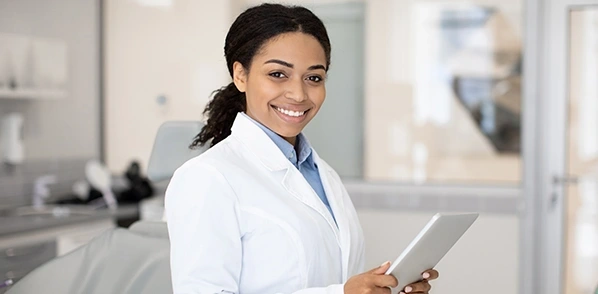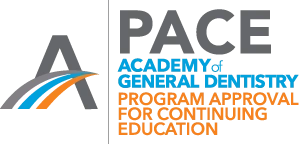Dental Continuing Education Courses
Choose from the list of free continuing dental education courses—a CE library provided exclusively by Procter & Gamble’s Crest Oral-B.
The Procter & Gamble Company is designated as an Approved PACE Program Provider by the Academy of General Dentistry for Fellowship, Mastership, and Membership Maintenance Credit.
No Records Found
Professional Update
Syllabus: Infection Control/Exposure Control in Oral Healthcare Settings - English Only
The syllabus, which may be modified to meet individual institutional requirements, provides a comprehensive description of a 12-module online course.
The course is intended to meet educational requirements of Dental Students, Dental Hygiene Students, Dental Assistant Students as mandated by OSHA and other federal, state, local and professional organizations related to Standard and Transmission-based Precautions.
Each module may be taken online followed by an examination. A PDF is also available for each module. Module 12 will be a video summary and how-to demonstration of critical topics.
Successful completion of all modules may be followed by a question and answer period by the institutional course director before each student demonstrates competence in a clinical setting.
Our Recognition
Nationally Approved PACE Program Provider for FAGD/MAGD credit.




